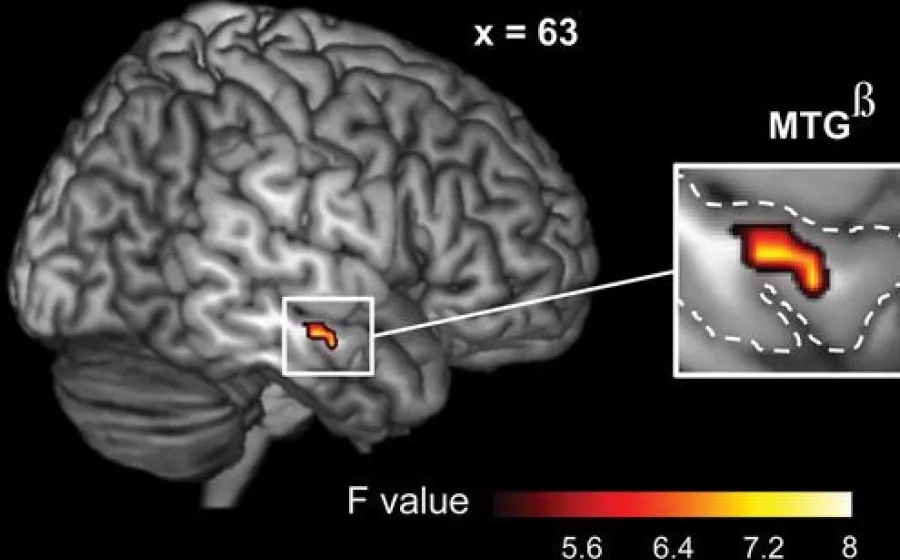This research project investigated brain adaptations in correlation with changes of behavior in 60 age and sex matched young adults with 3 distinct levels of musical proficiency. The main experimental strategy relied on the perception of graded expectation violations in expressive music by musical laymen, amateur and professional pianists. During functional brain imagery we presented a comprehensive set of 120 specifically composed string quartets covering all minor and major tonalities. The endings (cadences) of these compelling pieces were manipulated hierarchically, resulting in either regular, subtly or apparently transgressed cadences. A multimodal neuroimaging approach was applied, collecting electro-encephalographic (EEG), as well as functional and structural magnetic resonance imaging (MRI) and diffusion tensor imaging (MR-DTI) data, in order to gather optimal temporal and spatial information about brain function and structure. A supplementary battery of behavioral assessments relating to the main task, including tests on working memory, fluid intelligence and musicality was applied. Furthermore, participants responded to an exhaustive questionnaire on passive and active musical experience across their lifespan. Thus our experimental design allowed studying the relationships between 1. behavioral data on lifespan musical education, musical and general cognition, 2. functional brain imagery data on music perception (fMRI, EEG) and 3. brain structure in gray (sMRI) and white matter (MR-DTI).
Additionally, an adult lesion patient passed our full battery of behavioral testing and brain imaging. Then, using the same musical material, we studied behavior and EEG responses in primary schoolchildren.
MAIN CONCLUSION: Our main hypothesis anticipated gradual changes in behavior, brain functioning and brain structure with degree of musical expertise and training. Our data confirm this initial main hypothesis (James et al., 2014a; James et al., 2014b; James et al., in preparation; Oechslin et al., 2013a; Oechslin et al., 2013b; Oechslin et al., in preparation).




